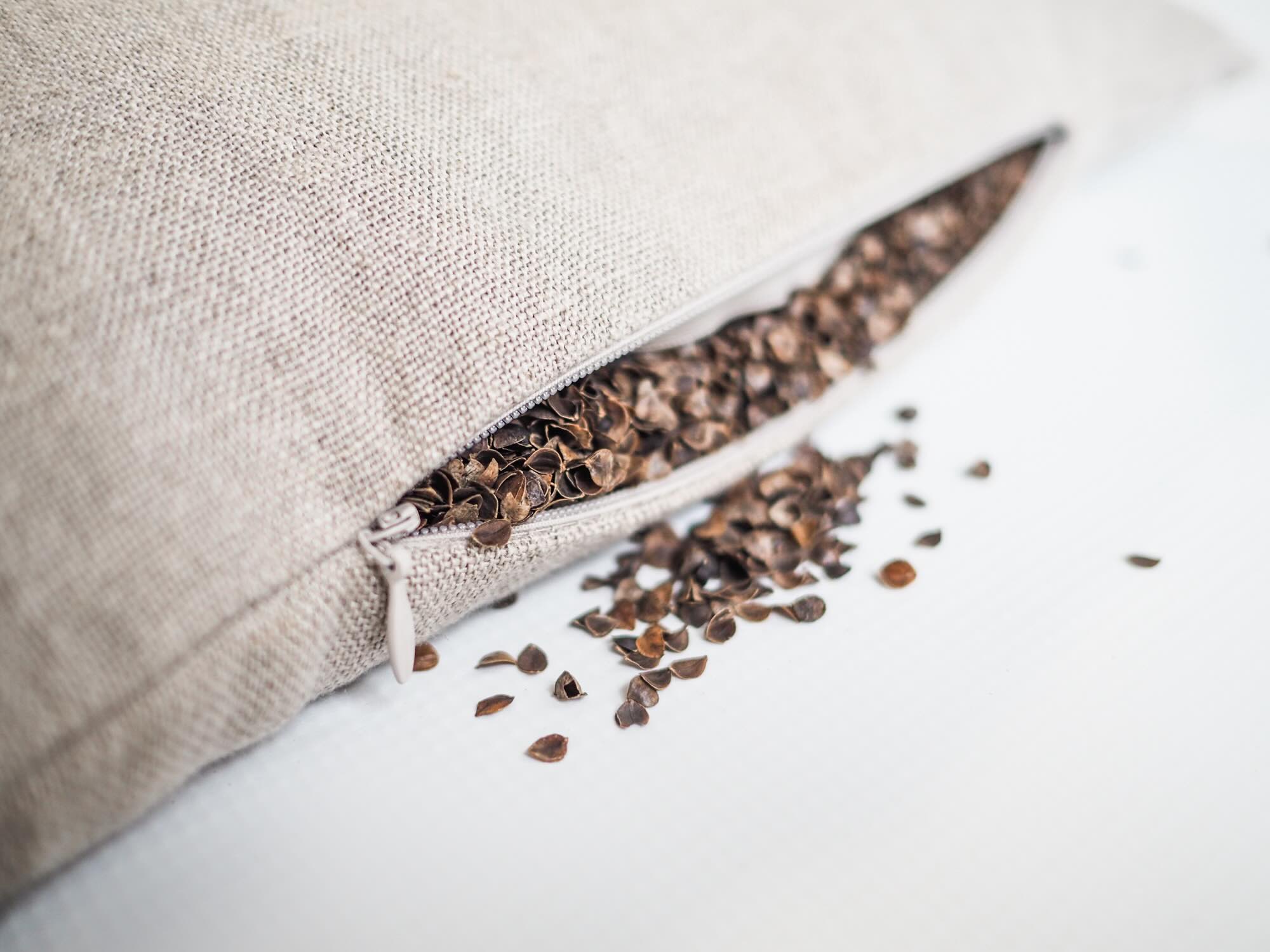

Articles
How To Clean Buckwheat Pillows
Modified: October 19, 2024
Learn the best articles on how to clean buckwheat pillows and keep them fresh for a good night's sleep.
(Many of the links in this article redirect to a specific reviewed product. Your purchase of these products through affiliate links helps to generate commission for Storables.com, at no extra cost. Learn more)
Introduction
Welcome to our guide on how to clean buckwheat pillows. Buckwheat pillows have gained popularity in recent years as a natural and eco-friendly alternative to traditional pillows. Filled with organic buckwheat hulls, these pillows offer excellent support and breathability, promoting a restful night’s sleep. However, like any pillow, regular cleaning is necessary to maintain its freshness and hygienic condition.
In this article, we will walk you through the step-by-step process of cleaning your buckwheat pillow to ensure optimal cleanliness and longevity. We will also discuss the benefits of using buckwheat pillows and provide tips on how to maintain a clean pillow for years to come.
Before we dive into the cleaning process, let’s explore some of the advantages of using buckwheat pillows.
Key Takeaways:
- Regularly cleaning and maintaining your buckwheat pillow is crucial for ensuring a hygienic and supportive sleep surface. Follow the step-by-step guide and incorporate simple tips to keep your pillow fresh and comfortable for years to come.
- Buckwheat pillows offer natural support, breathability, allergen resistance, adjustability, and durability. Understanding their unique characteristics and following the cleaning process will help you enjoy the benefits of a clean and healthy sleep environment.
Read more: How To Clean Furry Pillows
Benefits of Using Buckwheat Pillows
Buckwheat pillows offer many benefits that make them an attractive option for those seeking a comfortable and supportive sleep surface. Here are some of the key advantages:
- Natural Support: Buckwheat pillows conform to the shape of your head and neck, providing excellent support and alignment. The buckwheat hulls inside the pillow can be adjusted to suit your individual needs, ensuring optimal comfort and reducing the risk of neck pain.
- Breathability: One of the standout features of buckwheat pillows is their breathability. The hulls allow air to circulate freely, preventing overheating during the night. This ventilation helps regulate your body temperature and reduces the buildup of moisture, providing a cooler and more comfortable sleep environment.
- Reduces Allergens: Unlike traditional pillows that can harbor dust mites, mold, and other allergens, buckwheat pillows are naturally resistant to these microscopic creatures. This makes them a fantastic option for individuals with allergies or respiratory conditions, as they minimize exposure to potential irritants.
- Adjustable Loft: Buckwheat pillows allow you to customize the loft, or height, of your pillow. By removing or adding buckwheat hulls, you can achieve the perfect level of support for your unique sleeping needs. This adjustability makes buckwheat pillows suitable for individuals of all sleeping positions, from back sleepers to side sleepers.
- Durable and Long-Lasting: Buckwheat hulls are known for their durability, making buckwheat pillows a long-lasting investment. With proper care and regular cleaning, a well-maintained buckwheat pillow can provide years of comfortable and supportive sleep.
Now that we have explored the benefits of using buckwheat pillows, let’s delve into the process of cleaning and maintaining these pillows.
Understanding Buckwheat Pillows
Before we proceed with the cleaning process, it’s important to have a good understanding of buckwheat pillows and their unique characteristics. Unlike traditional pillows filled with feathers, foam, or polyester, buckwheat pillows are filled with organic buckwheat hulls.
Buckwheat hulls are the outer covering of buckwheat seeds. They are lightweight and have a unique structure that allows for superior airflow and support. The hulls are firm yet pliable, providing excellent conformability to the contours of your head and neck.
When purchasing a buckwheat pillow, consider the following factors:
- Quality of Buckwheat Hulls: Look for buckwheat pillows filled with high-quality, organic hulls. These hulls are typically cleaned and sifted to remove any debris.
- Pillow Size and Shape: Buckwheat pillows come in various sizes and shapes, including standard, queen, king, and travel-sized. Choose a size that suits your sleeping preferences and specific needs.
- Pillow Cover: Many buckwheat pillows come with a removable cover made of natural fibers such as cotton or bamboo. This cover helps protect the hulls and makes the cleaning process easier.
- Adjustability: Some buckwheat pillows feature a zippered opening that allows you to adjust the amount of hulls inside. This feature is beneficial if you prefer a specific loft or want to customize the firmness of your pillow.
It’s worth noting that buckwheat pillows may initially have a slight scent. This is normal and will dissipate over time. If the scent bothers you, you can air out the pillow or add a few drops of essential oil to the hulls for a pleasant fragrance.
Now that you have a better understanding of buckwheat pillows, let’s move on to the supplies needed for cleaning.
Supplies Needed for Cleaning
Before you begin cleaning your buckwheat pillow, make sure you have the following supplies:
- Clean Pillowcase or Cover: Ensure you have a spare pillowcase or cover to protect the buckwheat hulls while cleaning the pillow.
- Large Plastic Bag or Container: You will need a container to temporarily store the buckwheat hulls while you clean the pillow cover.
- Mild Detergent: Choose a gentle detergent that is suitable for delicate fabrics to avoid damaging the pillow cover.
- Warm Water: You’ll need warm water to mix with the detergent for washing the pillow cover.
- Bathtub or Large Sink: You will require a spacious area, such as a bathtub or large sink, to wash and rinse the pillow cover.
- Mesh Bag or Pillowcase: It’s helpful to have a mesh bag or spare pillowcase to contain the buckwheat hulls while washing the pillow cover.
- Lint Roller or Vacuum Cleaner: A lint roller or a small handheld vacuum cleaner will come in handy for removing any loose debris from the buckwheat hulls.
- Drying Rack or Clothesline: Prepare a drying area such as a drying rack or clothesline to air-dry the cleaned pillow cover.
- Buckwheat Hulls (optional): If you notice any signs of wear or flattening, you may consider adding fresh buckwheat hulls to restore the pillow’s loft and support.
By gathering these supplies beforehand, you can ensure a smooth and efficient cleaning process for your buckwheat pillow. Now that you have everything you need, let’s move on to the step-by-step guide for cleaning your buckwheat pillow.
Step-by-Step Guide to Cleaning Buckwheat Pillows
Cleaning your buckwheat pillow is a relatively simple process. Follow these step-by-step instructions to ensure that your pillow is fresh and clean:
- Remove the Pillow Cover: Start by unzipping or removing the pillow cover from your buckwheat pillow. This will give you access to the buckwheat hulls inside.
- Empty the Buckwheat Hulls: Carefully pour the buckwheat hulls into a large plastic bag or container. You may find it helpful to use a mesh bag or spare pillowcase to contain the hulls and prevent them from spilling.
- Inspect the Pillow Cover: Take a close look at the pillow cover for any stains or spots. If necessary, pretreat these areas with a mild detergent or stain remover prior to washing.
- Wash the Pillow Cover: Fill a bathtub or large sink with warm water and add a small amount of mild detergent. Gently agitate the water to create suds. Place the pillow cover in the soapy water and let it soak for a few minutes.
- Scrub and Rinse: Using a soft cloth or sponge, gently scrub the pillow cover to remove any dirt or residue. Pay extra attention to stained areas. Once clean, thoroughly rinse the pillow cover under running water to ensure all the detergent is removed.
- Remove Excess Water: Squeeze out any excess water from the pillow cover, but avoid wringing or twisting it, as this can damage the fabric.
- Dry the Pillow Cover: Hang the pillow cover on a drying rack or clothesline, ensuring proper air circulation. Avoid direct sunlight or high heat, as this can cause shrinkage or fading. Allow the pillow cover to air-dry completely before moving on to the next step.
- Clean the Buckwheat Hulls (optional): While the pillow cover is drying, you can take the opportunity to clean the buckwheat hulls themselves. Use a lint roller or a small handheld vacuum cleaner to remove any debris or dust from the hulls. Alternatively, you can spread the hulls on a clean sheet and gently shake them to remove any impurities.
- Refill the Pillow: Once the pillow cover is completely dry and the buckwheat hulls are clean, it’s time to refill the pillow. Carefully pour the buckwheat hulls back into the pillow cover, making sure to distribute them evenly for optimal support.
- Zip or Close the Pillow Cover: Securely close the pillow cover, ensuring that no buckwheat hulls are sticking out. Double-check that the zipper is fully sealed or that any other closures are secure.
- Fluff and Adjust: Give your buckwheat pillow a good fluff to distribute the hulls evenly and restore its shape. You can also adjust the level and firmness of the pillow by adding or removing some buckwheat hulls as needed.
And there you have it – your buckwheat pillow is now clean and ready to provide you with a restful night’s sleep. However, to maintain the cleanliness and longevity of your buckwheat pillow, there are a few tips you should keep in mind.
To clean buckwheat pillows, remove the hulls and wash the cover in cold water with a mild detergent. Air dry completely before refilling with hulls.
Read more: How To Spot Clean Pillows
Removing and Cleaning the Pillow Cover
Removing and cleaning the pillow cover is the first step in the process of cleaning your buckwheat pillow. Follow these steps to ensure that the cover is thoroughly cleaned:
- Remove the Pillow Cover: Begin by unzipping or removing the pillow cover from your buckwheat pillow. This will allow you to access the buckwheat hulls inside.
- Inspect the Pillow Cover: Take a close look at the pillow cover for any stains or spots. It’s essential to address these areas before washing to ensure thorough cleaning.
- Pretreat Stains (if necessary): If you notice any stains on the pillow cover, apply a small amount of mild detergent or stain remover directly to the stained area. Gently scrub the stain using a soft cloth or sponge to help lift it.
- Prepare the Washing Solution: Fill a bathtub or large sink with warm water. Add a small amount of mild detergent and agitate the water to create suds.
- Wash the Pillow Cover: Submerge the pillow cover into the soapy water. Gently agitate it to ensure that the detergent penetrates the fabric and loosens any dirt or residue.
- Scrub and Rinse: Using a soft cloth or sponge, gently scrub the pillow cover to remove any dirt or stains. Pay extra attention to areas that require more thorough cleaning.
- Rinse Thoroughly: Once the pillow cover is clean, rinse it thoroughly under running water to remove all traces of detergent. Squeeze out any excess water, but avoid wringing or twisting the fabric, as this can cause damage.
- Dry the Pillow Cover: Hang the pillow cover on a drying rack or clothesline, ensuring adequate air circulation. Avoid direct sunlight or high heat, as this can result in shrinkage or fading. Allow the pillow cover to air-dry completely before moving on to the next steps.
By following these steps, you can effectively remove and clean the pillow cover of your buckwheat pillow. Now, let’s move on to the next part of the cleaning process: washing the buckwheat hulls.
Washing the Buckwheat Hulls
While the pillow cover is air-drying, you can take the opportunity to clean the buckwheat hulls themselves. Even though the hulls do not require frequent washing, periodically cleaning them can help remove any dust or debris that may have accumulated. Follow these steps to wash the buckwheat hulls:
- Prepare a Clean Working Area: Find a clean, flat surface where you can spread out the buckwheat hulls. A large sheet or towel can help contain the hulls and make the cleaning process easier.
- Inspect the Hulls: Take a close look at the buckwheat hulls and remove any visible debris or foreign objects.
- Remove Fine Particles (Optional): If you notice any small particles or dust among the hulls, you can use a fine mesh colander or strainer to sift out these impurities. Gently shake the colander or strainer to separate the fine particles from the hulls.
- Clean with a Lint Roller or Vacuum Cleaner: Use a lint roller or a small handheld vacuum cleaner with a brush attachment to remove any loose debris or dust from the buckwheat hulls. Roll the lint roller over the hulls or carefully run the vacuum cleaner nozzle across them to pick up any dirt.
- Check for Damaged or Broken Hulls: While cleaning, keep an eye out for any damaged or broken buckwheat hulls. If you come across any, you may consider replacing them with fresh ones to ensure optimal comfort and support.
- Ensure the Hulls Are Completely Dry: Before refilling the pillow, make sure that the buckwheat hulls are completely dry. If necessary, allow them to air-dry for a little longer to prevent any moisture from being trapped inside the pillow.
By following these steps, you will be able to thoroughly clean the buckwheat hulls of your pillow and ensure their optimal condition. Once the hulls are clean and dry, you can proceed to the next step, which is drying and refilling the pillow.
Drying and Refilling the Pillow
Once the pillow cover is fully dry and the buckwheat hulls have been cleaned, it’s time to proceed with drying and refilling the pillow. Follow these steps to ensure that your buckwheat pillow is ready for use:
- Prepare a Drying Area: Find a clean and well-ventilated area where you can allow the pillow components to air-dry. A drying rack or clothesline works well for this purpose.
- Dry the Pillow Cover: Hang the pillow cover on a drying rack or clothesline. Make sure that it is evenly spread out to allow proper air circulation. Avoid direct sunlight or high heat, as this can cause shrinkage or fading. Allow the pillow cover to air-dry completely.
- Aerate the Buckwheat Hulls: While the pillow cover is drying, it’s a good idea to aerate the buckwheat hulls. Spread them out on a clean sheet or towel and gently shake them to allow fresh air to circulate through the hulls. This helps remove any trapped moisture and ensures they are completely dry.
- Refill the Pillow: Once the pillow cover and buckwheat hulls are dry, carefully pour the hulls back into the pillow cover. Use your hands to distribute the hulls evenly, ensuring that they fill the pillow cover fully and provide optimal support.
- Adjust the Pillow Firmness: Depending on your personal preference, you may want to adjust the firmness of your pillow. If the pillow feels too firm, you can remove some buckwheat hulls. Conversely, if the pillow feels too soft, you can add additional hulls to achieve the desired level of firmness.
- Secure the Pillow Cover: Once the pillow is refilled, securely close the pillow cover. Double-check that the zipper is fully sealed or that any other closures are secure, ensuring that no buckwheat hulls are sticking out.
By following these steps, you can effectively dry and refill your buckwheat pillow, ensuring that it is clean, fresh, and ready for use. However, to maintain a clean and comfortable pillow, it’s important to implement some helpful tips for maintenance, which we’ll discuss next.
Tips for Maintaining a Clean Buckwheat Pillow
To keep your buckwheat pillow clean and in optimal condition, here are some helpful tips to incorporate into your regular pillow care routine:
- Use a Pillow Protector: Consider using a pillow protector or an additional pillowcase to protect your buckwheat pillow from stains, sweat, and oils. This extra layer can be easily removed and washed, helping to keep the pillow clean and extending its lifespan.
- Spot Clean as Needed: If you notice any small stains or spills on the pillow cover, spot clean them promptly with a mild detergent. Dab the stain gently with a clean cloth or sponge, working from the outer edges inward to prevent further spreading.
- Air Out the Pillow: Periodically expose your buckwheat pillow to fresh air by placing it outdoors or near an open window. This helps remove any odors and refreshes the hulls naturally. Avoid placing the pillow in direct sunlight for extended periods, as this can cause discoloration.
- Keep the Pillow Dry: Moisture can lead to the growth of mold or mildew, so it’s important to keep your buckwheat pillow dry at all times. If the pillow gets wet, thoroughly dry it before use. Make sure to remove and dry the pillow cover and the buckwheat hulls separately to prevent moisture buildup.
- Fluff the Pillow Regularly: Fluffing your buckwheat pillow regularly helps redistribute the hulls and maintain optimal support. Give the pillow a good shake or knead it gently to restore its shape and loft. This prevents the hulls from clumping together and ensures a more comfortable sleep surface.
- Replace the Buckwheat Hulls: Over time, the buckwheat hulls may lose their firmness and become compressed. If you notice that your pillow is no longer providing adequate support, consider replacing the buckwheat hulls with fresh ones. This can revive the pillow’s loft and extend its lifespan.
- Follow Manufacturer’s Instructions: If your buckwheat pillow came with specific care instructions from the manufacturer, be sure to follow them. Different pillows may have slightly different cleaning and care recommendations, and it’s important to adhere to these instructions to maintain the warranty and ensure optimal performance.
By implementing these tips, you can keep your buckwheat pillow clean, fresh, and comfortable for years to come. Now that you have a thorough understanding of how to clean and maintain your buckwheat pillow, you can enjoy the benefits of a hygienic and supportive sleep surface.
Remember, a clean pillow leads to a good night’s sleep!
Read more: How To Clean Pillows In Washer
Conclusion
Cleaning your buckwheat pillow regularly is essential for maintaining its freshness, hygiene, and longevity. By following the step-by-step guide provided in this article, you can ensure that your buckwheat pillow remains clean, comfortable, and conducive to a restful sleep.
We explored the benefits of using buckwheat pillows, such as their natural support, breathability, allergen resistance, adjustability, and durability. These features make buckwheat pillows a popular choice for those seeking a comfortable and eco-friendly sleep solution.
Understanding the unique characteristics of buckwheat pillows, such as the organic buckwheat hull fillings and customizable loft, allows you to make an informed choice when purchasing a buckwheat pillow. Additionally, familiarizing yourself with the necessary supplies and the step-by-step cleaning process ensures that you can clean your pillow effectively and efficiently.
Remember to remove and clean the pillow cover separately, inspect for stains and treat them accordingly, and wash the buckwheat hulls as needed. It’s important to dry all components thoroughly before refilling and reassembling the pillow.
To maintain a clean buckwheat pillow, incorporate some simple tips into your regular pillow care routine. Use a pillow protector, spot clean as needed, air out the pillow, keep it dry, fluff regularly, replace the buckwheat hulls when necessary, and always follow the manufacturer’s instructions.
By following these guidelines, you can enjoy a clean and comfortable buckwheat pillow that provides exceptional support and promotes restful sleep. A well-maintained buckwheat pillow will not only enhance your sleep experience but also contribute to your overall well-being.
So, take the time to care for your buckwheat pillow and enjoy the benefits of a clean and healthy sleep environment. Sweet dreams!
Frequently Asked Questions about How To Clean Buckwheat Pillows
Was this page helpful?
At Storables.com, we guarantee accurate and reliable information. Our content, validated by Expert Board Contributors, is crafted following stringent Editorial Policies. We're committed to providing you with well-researched, expert-backed insights for all your informational needs.
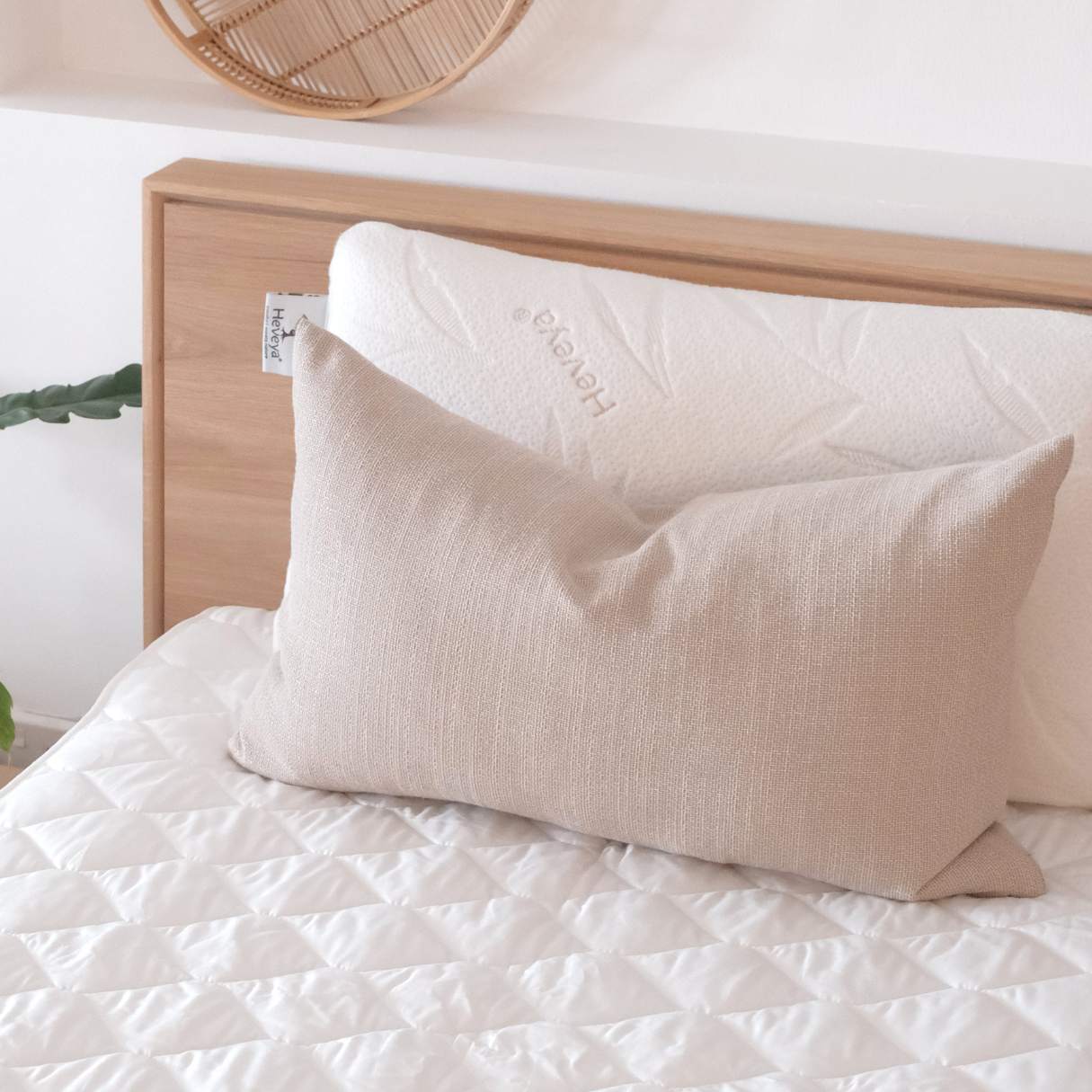
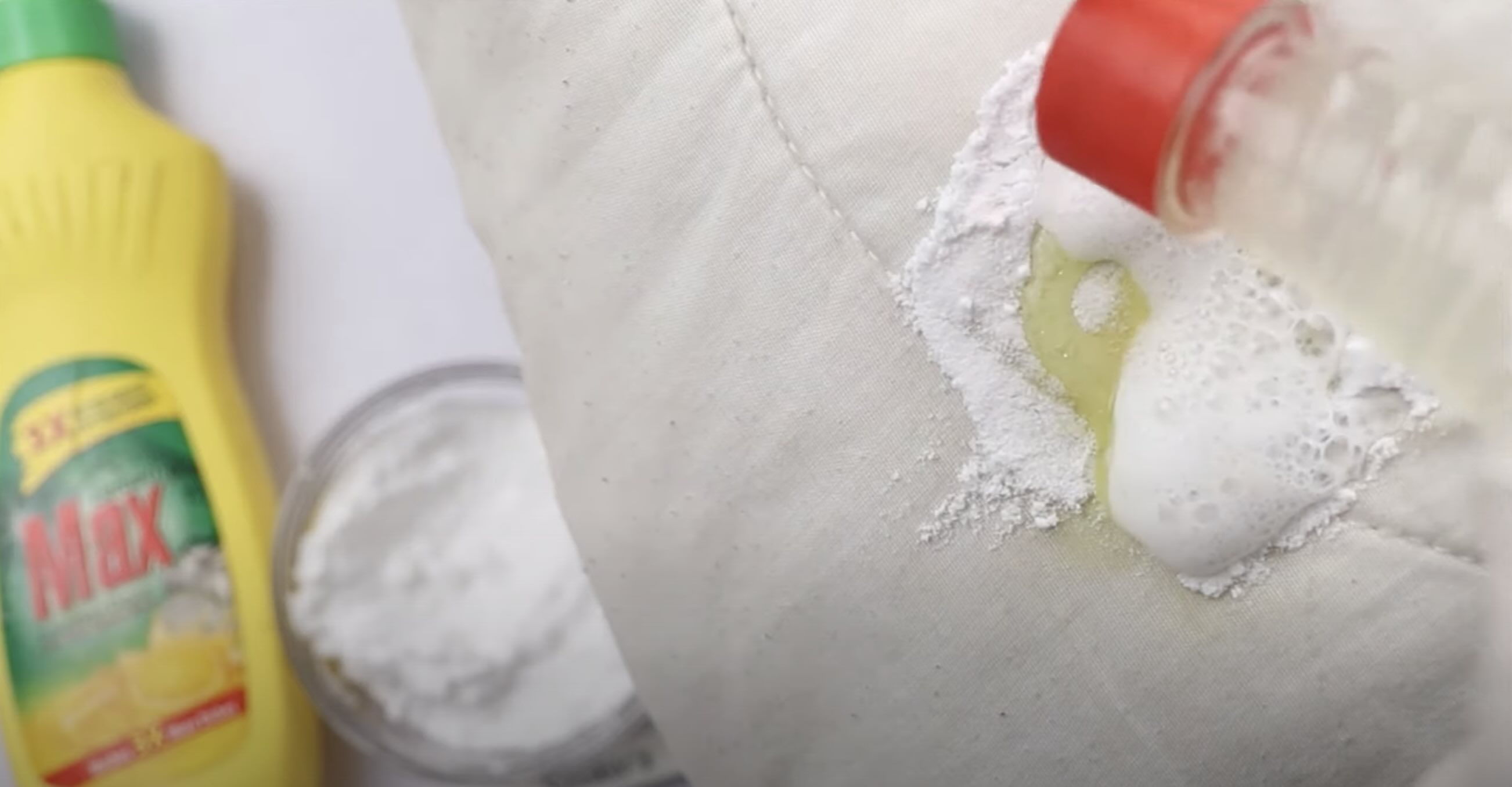
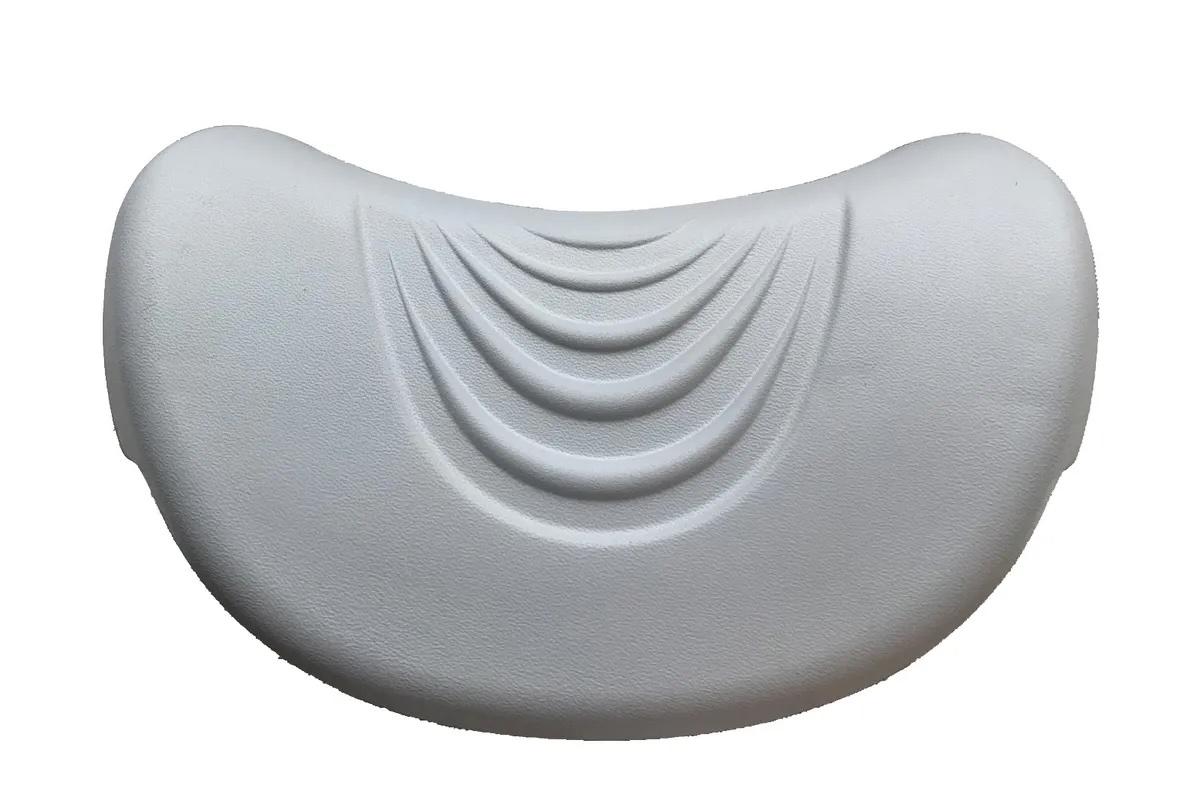

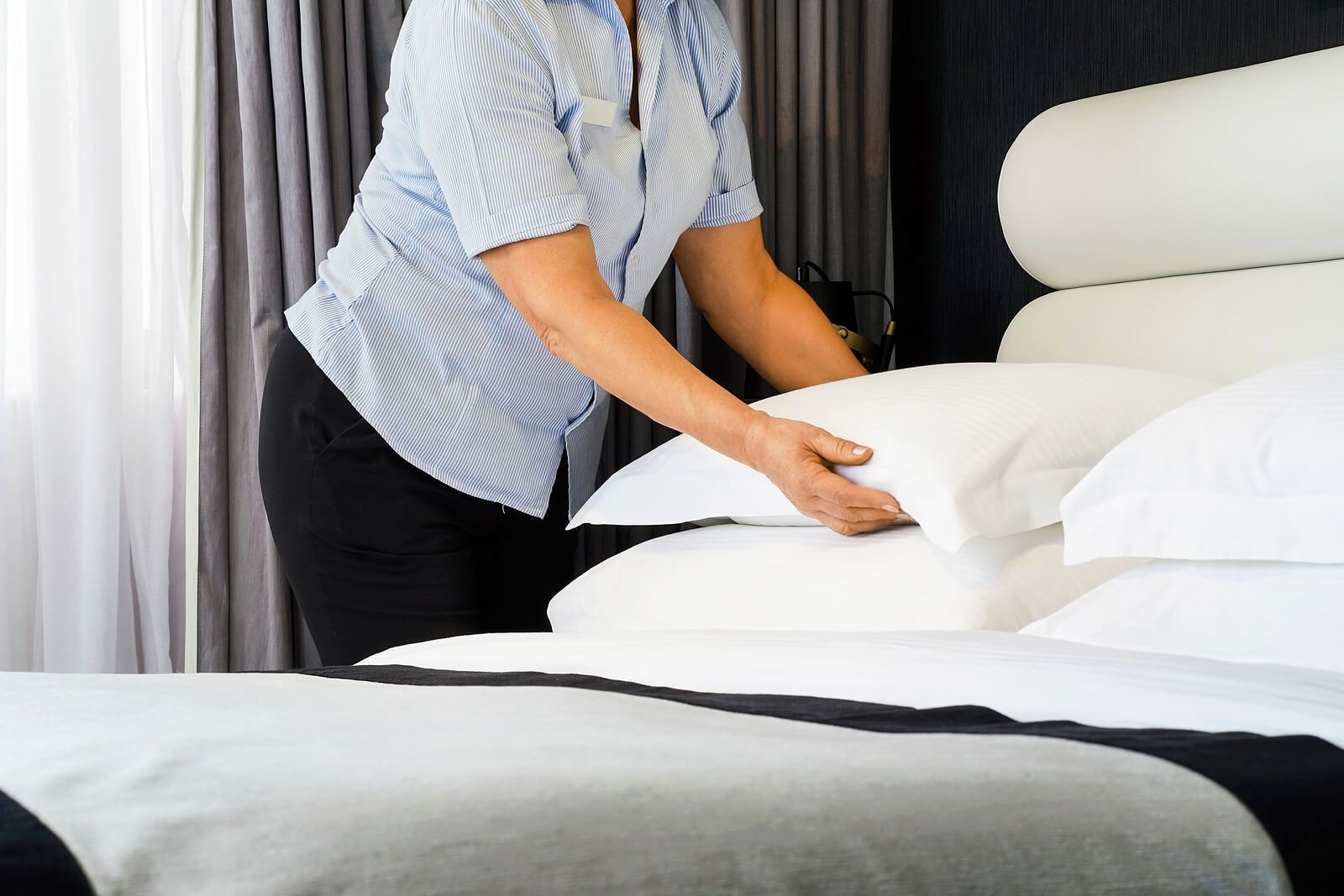

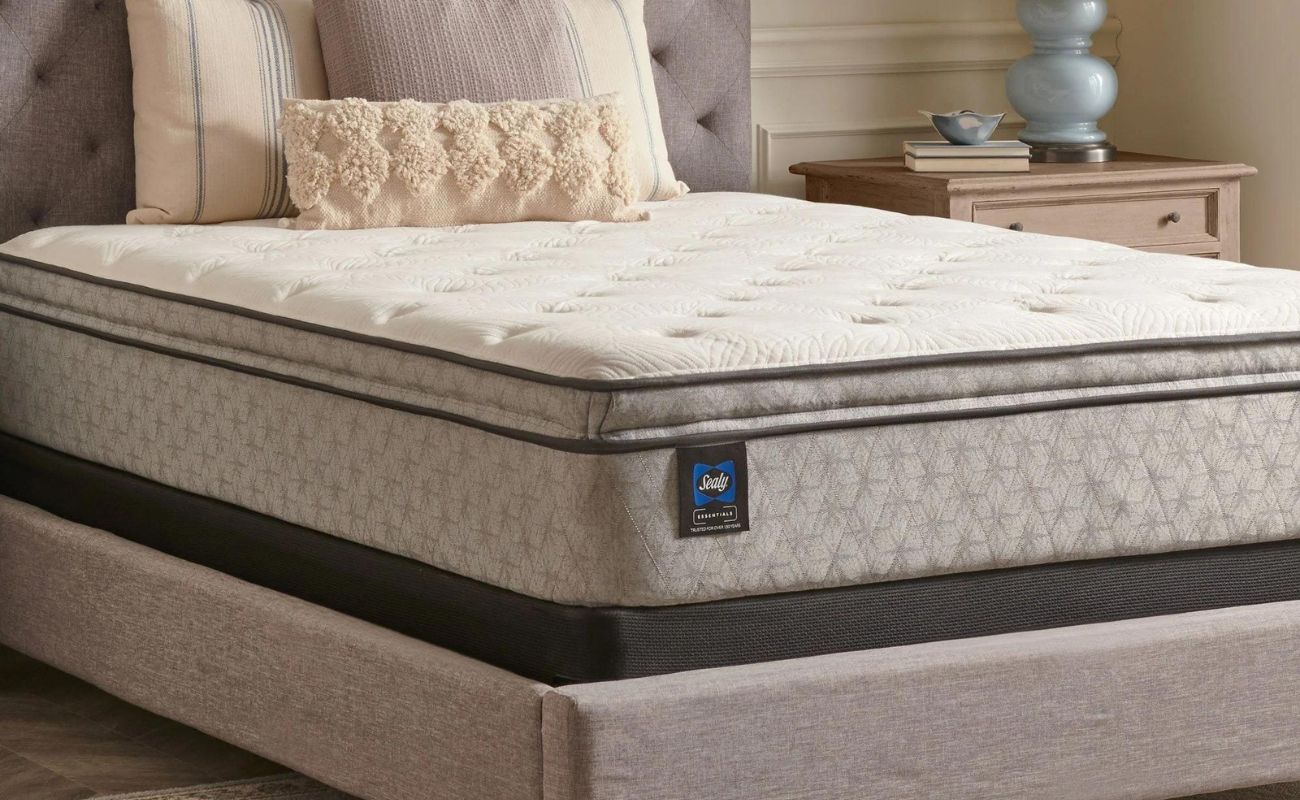
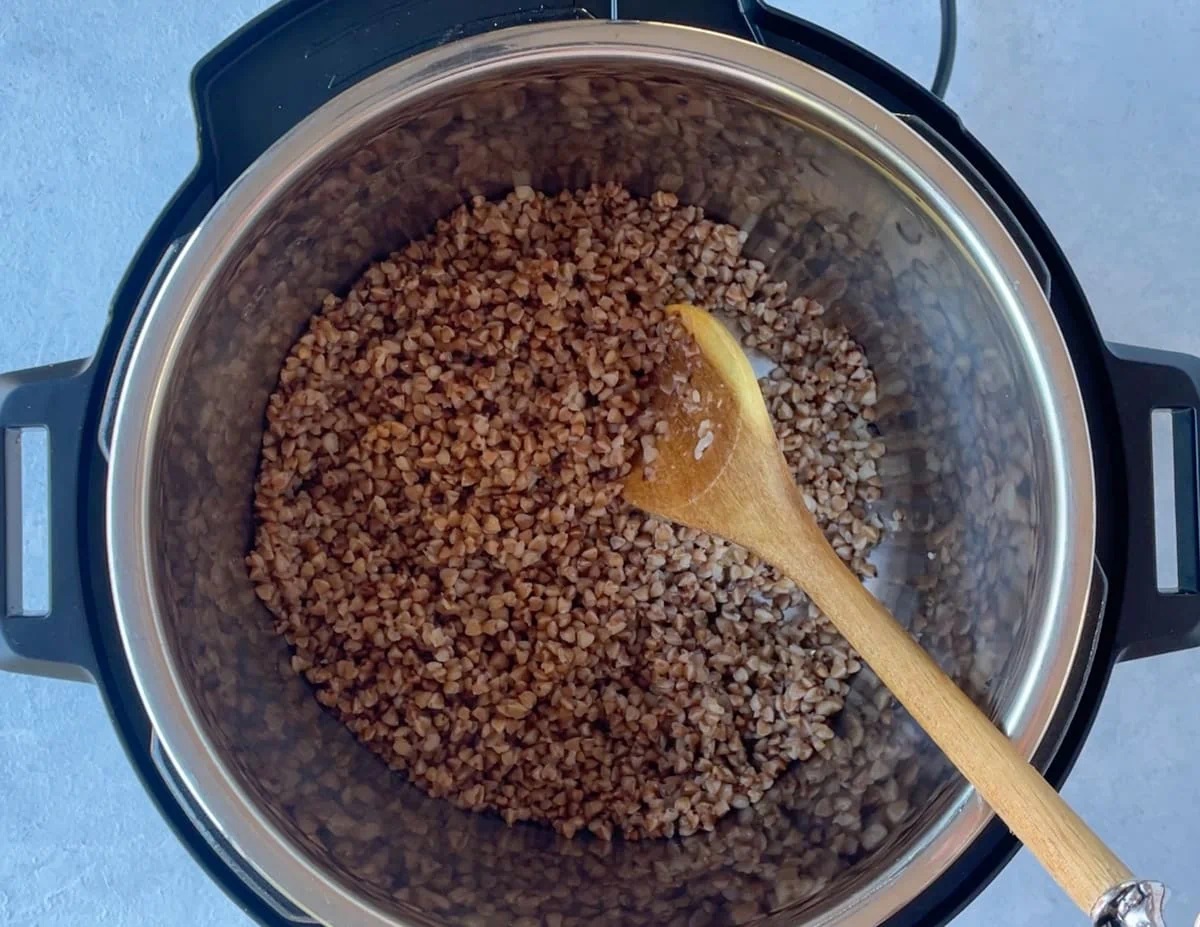
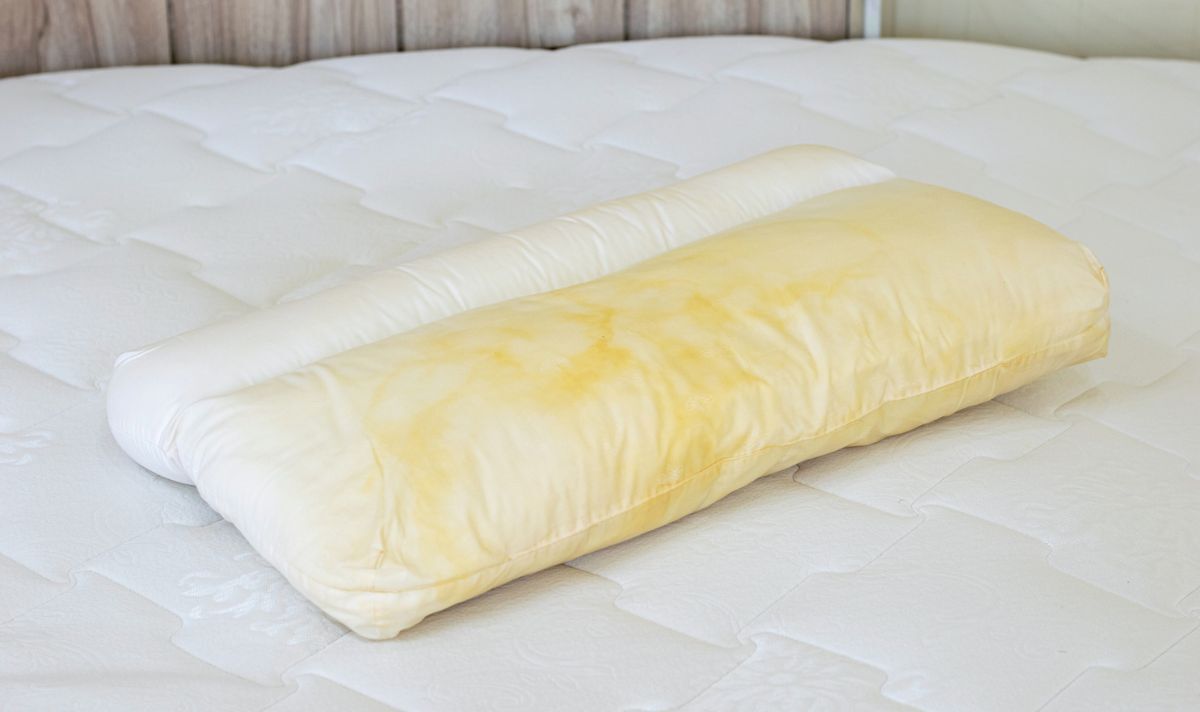
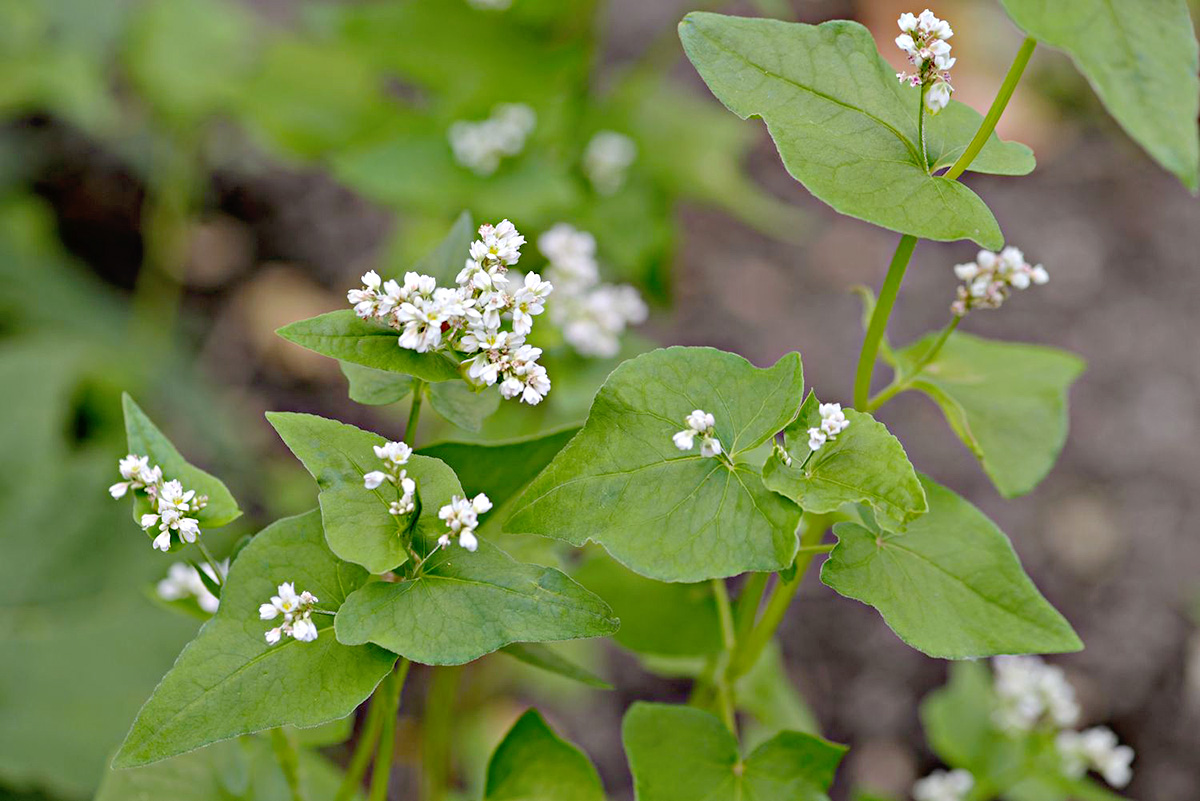
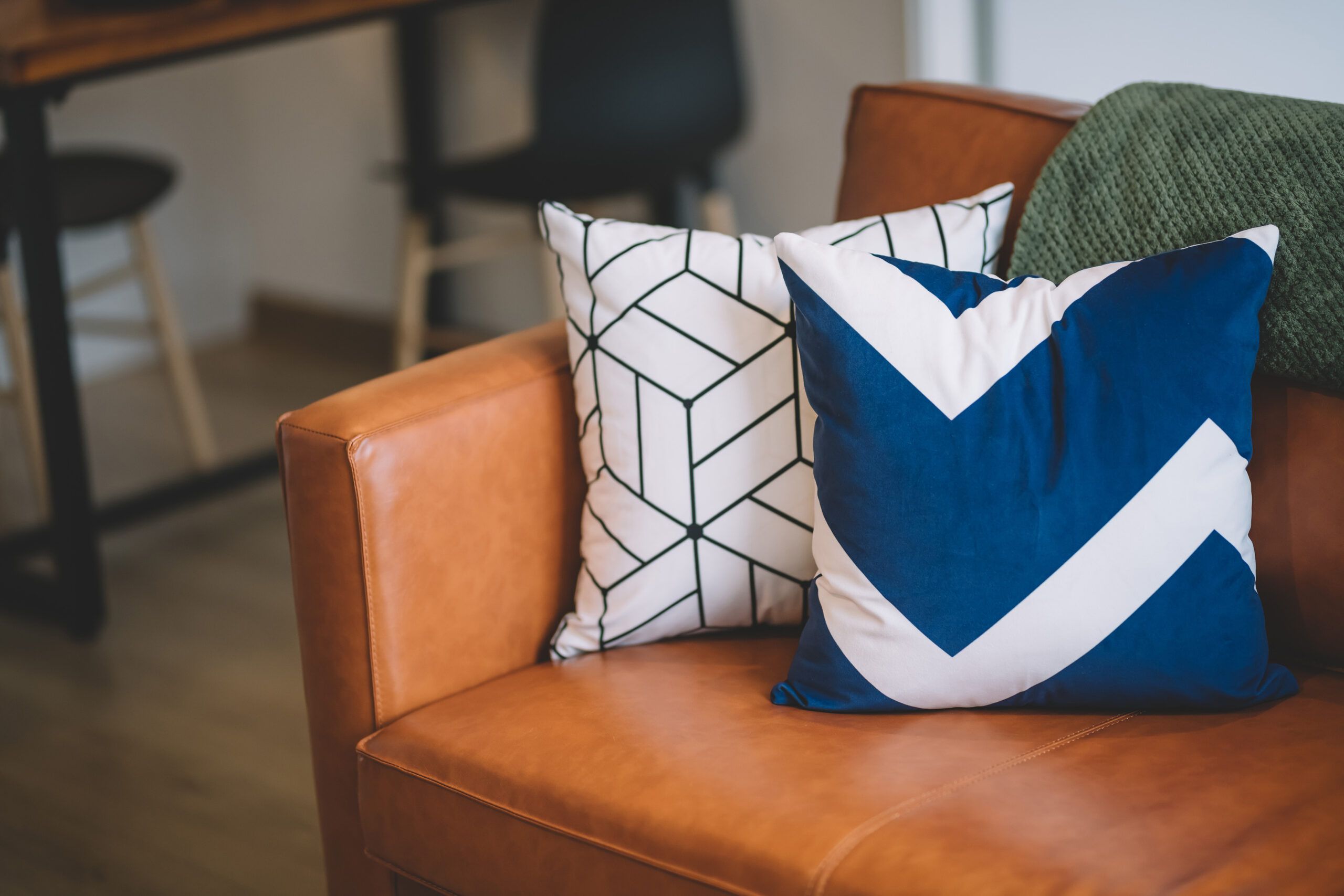
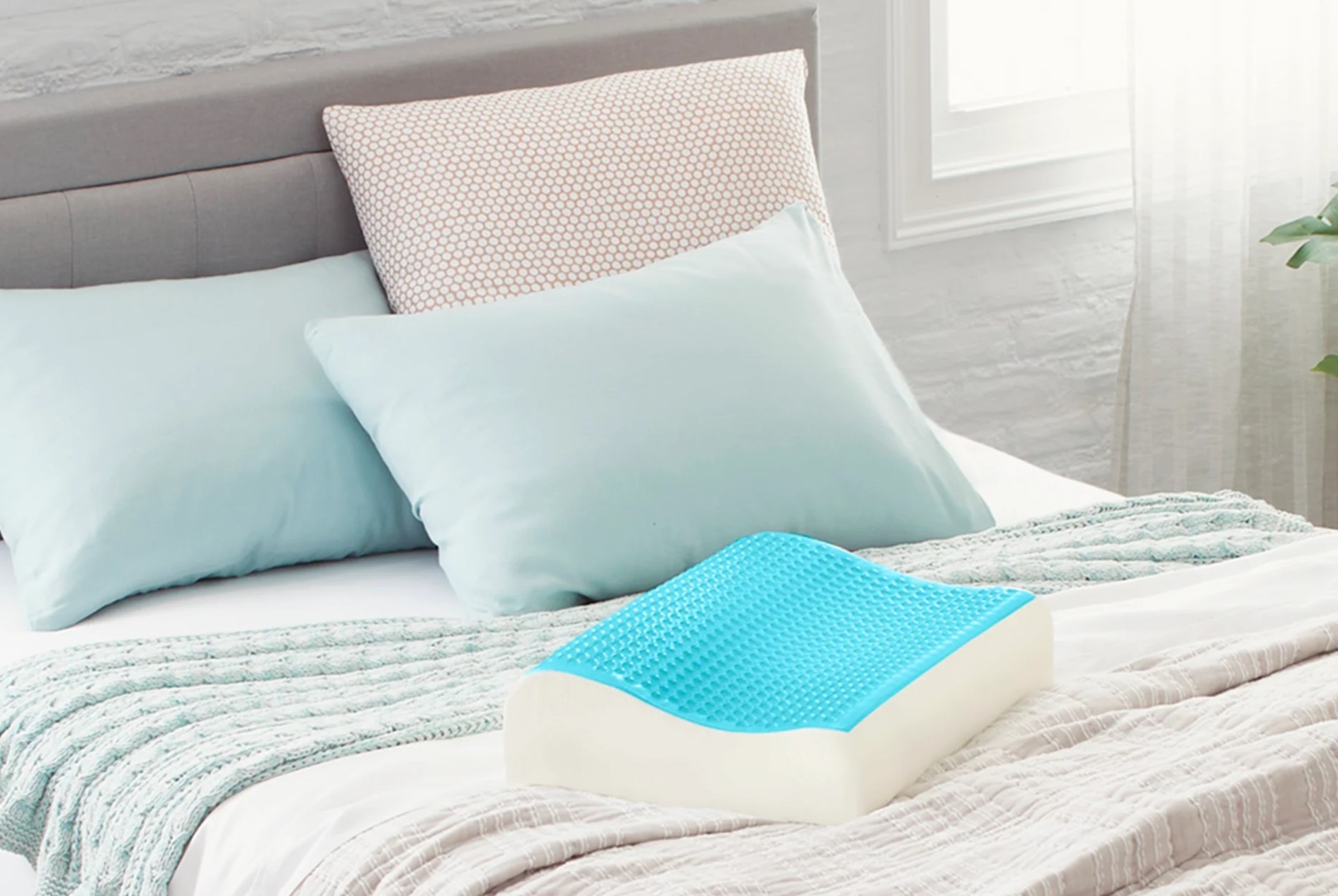
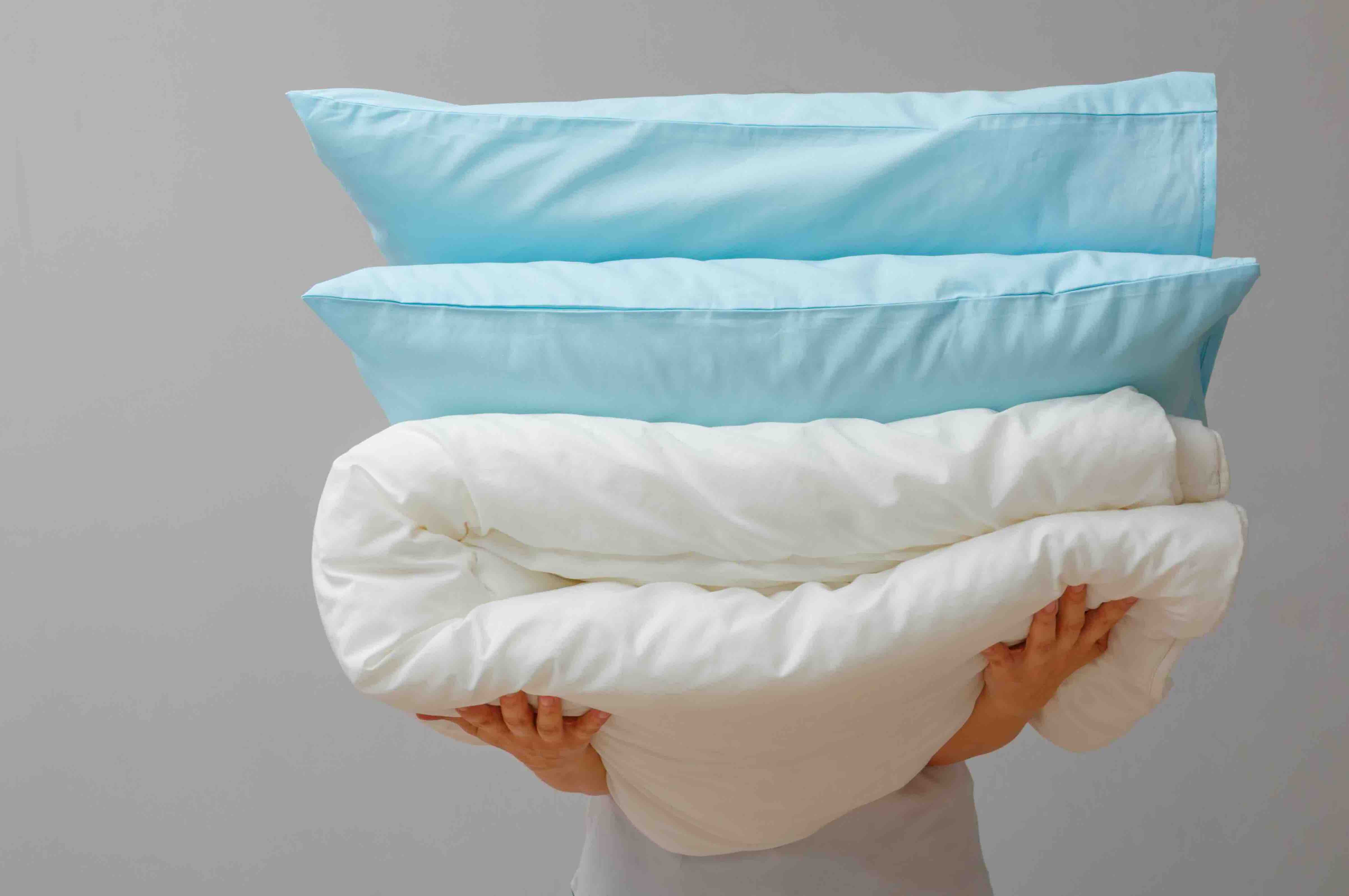

0 thoughts on “How To Clean Buckwheat Pillows”